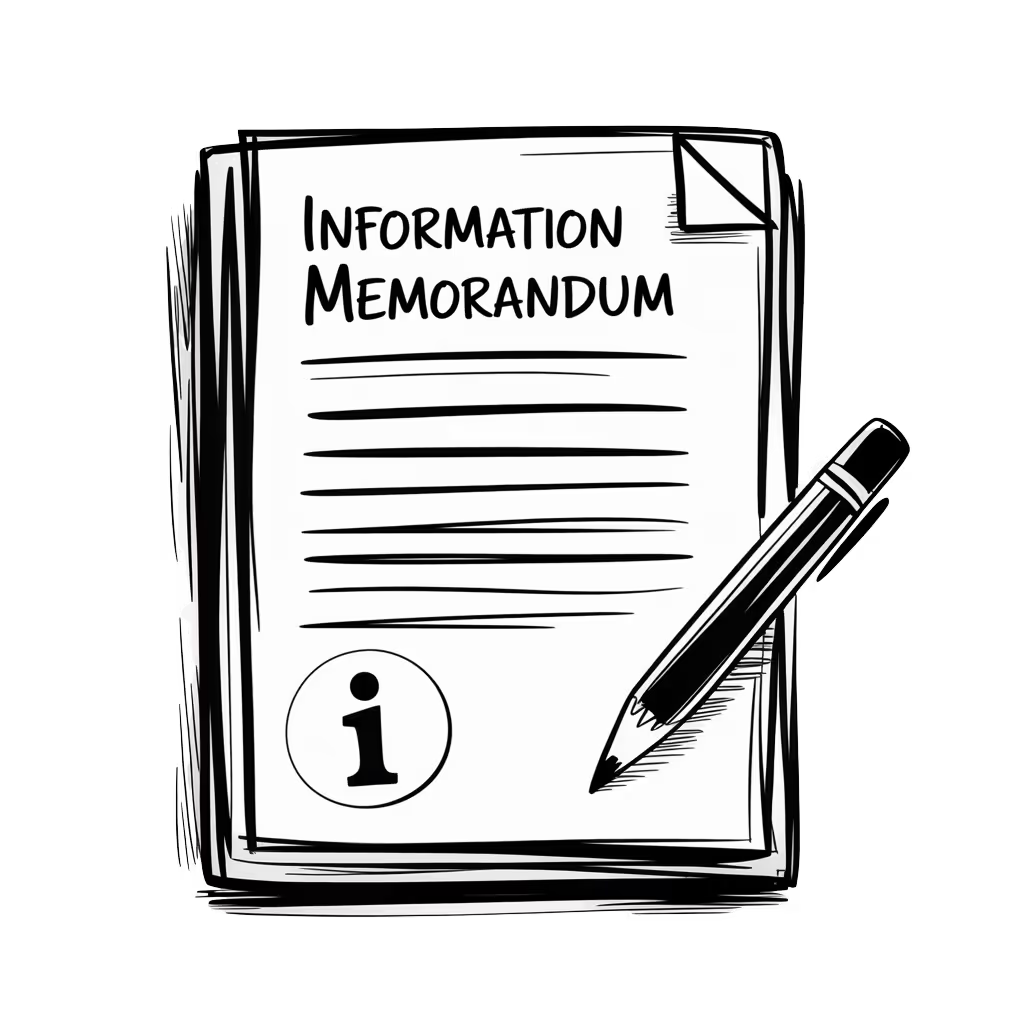Information memorandum writer
Information memorandums for business brokers and M&A consultants

%20(1).avif)
Instead of giving your sales reps or office team the responsibility to write your IM, hand it to an expert. Free your people up to focus on what they do best.
I've been through two exits myself. I know what buyers look for and value. As a professional copywriter, I write IMs that speak the buyer’s language and sell the value of your clients’ businesses.
I take care of the process from start to finish. Since 2017, I’ve produced over 200 IMs for brokers and M&A agents. It’s a service I’m passionate about, and I’d welcome the chance to partner with your firm.














